What are Electrical Cable Trays
Introduction
Electrical cable trays are a critical component for organizing and supporting cables in various industries. In this extensive exploration, we’ll delve into the multifaceted realm of cable trays, examining their types, functions, installation methods, and the significant role they play in ensuring the efficiency and safety of electrical systems.
Understanding the Basics
1. What Are Electrical Cable Trays?
Electrical cable trays are structural systems designed to support and route cables in buildings and industrial environments. They provide a secure and organized pathway for various types of cables, such as power cables, control cables, and data cables. Cable trays come in a variety of materials, including galvanized steel, aluminum, and stainless steel.
2. Types of Cable Trays:
Ladder Cable Trays: Resembling a ladder, these trays offer a sturdy and open structure, providing easy access for cable installation and maintenance.
Solid Bottom Cable Trays: Featuring a solid base, these trays provide additional protection for cables and are suitable for smaller, sensitive cables.
Wire Mesh Cable Trays: Constructed with wire mesh grids, these trays allow for optimal airflow, making them ideal for heat dissipation in data centers.
The Functions and Benefits
1. Cable Support:
Cable trays serve as a support system, preventing cables from sagging or becoming tangled. Proper support ensures the longevity of cables and reduces the risk of damage.
2. Heat Dissipation:
In applications where heat dissipation is crucial, such as data centers, wire mesh cable trays promote airflow, preventing cables from overheating.
3. Accessibility:
Cable trays provide easy access for cable installation, maintenance, and modifications. This accessibility is vital for adapting to evolving electrical system requirements.
4. Adaptability:
The adaptability of cable trays makes them suitable for a variety of environments, from industrial settings with heavy-duty requirements to commercial spaces with specific cable management needs.
Installation Methods
1. Underfloor Cable Tray Systems:
Common in commercial buildings, underfloor cable trays are installed beneath raised floors, allowing for efficient cable management without compromising aesthetics.
2. Overhead Cable Tray Systems:
Suspended from ceilings or mounted on walls, overhead cable trays are widely used in industrial settings where space optimization and easy access are paramount.
3. Cable Tray Accessories:
Various accessories, including bends, tees, and crosses, enhance the flexibility of cable tray installations. They allow for the creation of intricate cable routing paths tailored to specific requirements.
Design Considerations
1. Load Capacity:
Understanding the load capacity requirements is crucial to ensure that the cable tray system can support the weight of the cables and any additional loads, such as maintenance personnel.
2. Corrosion Resistance:
In corrosive environments, selecting corrosion-resistant materials like stainless steel or aluminum is essential to maintain the structural integrity of the cable trays.
3. Environmental Factors:
Considering environmental factors, such as temperature, humidity, and exposure to chemicals, helps in choosing the most suitable type of cable tray for the specific application.
Conclusion
In conclusion, electrical cable trays are indispensable in the world of electrical installations, offering a versatile and efficient solution for cable management. From their diverse types and functions to installation methods and design considerations, cable trays play a pivotal role in ensuring the reliability, accessibility, and safety of electrical systems. As technology advances and the demands on electrical infrastructure increase, cable trays continue to evolve, adapting to the ever-changing needs of modern industries. Whether hidden beneath raised floors or suspended from ceilings, these unassuming structures form the backbone of organized and efficient cable routing, contributing to the seamless operation of our interconnected world.

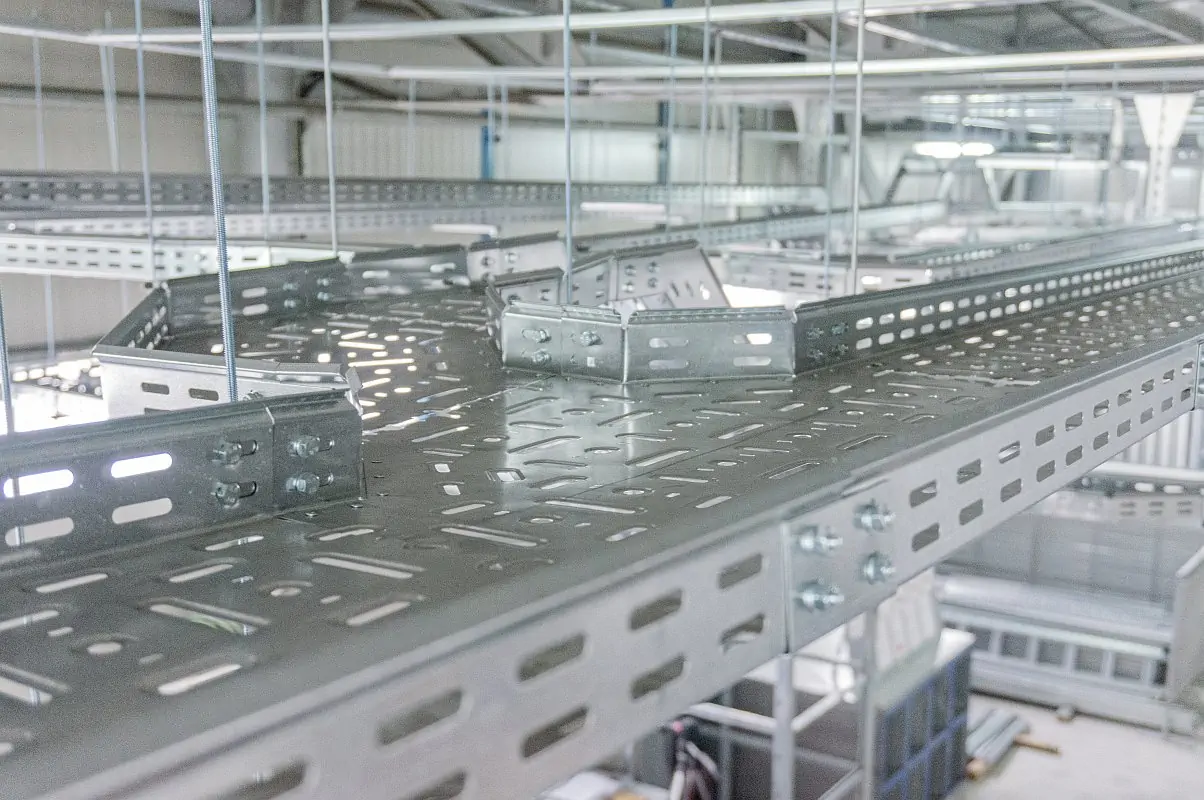


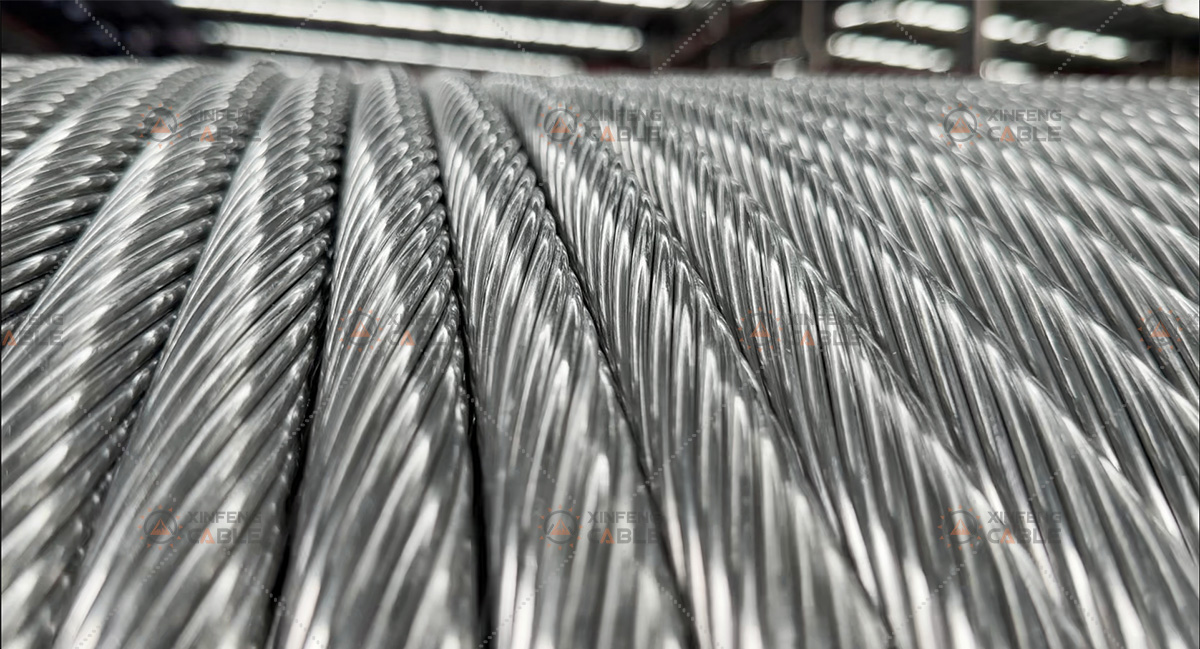
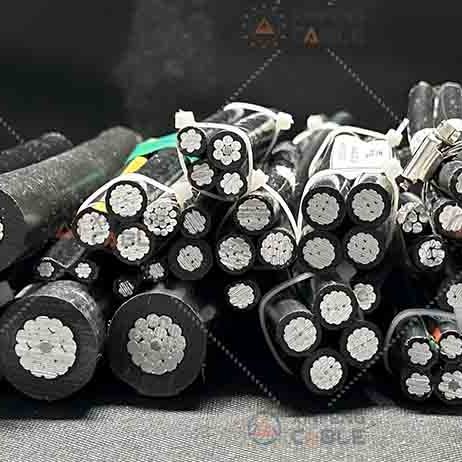
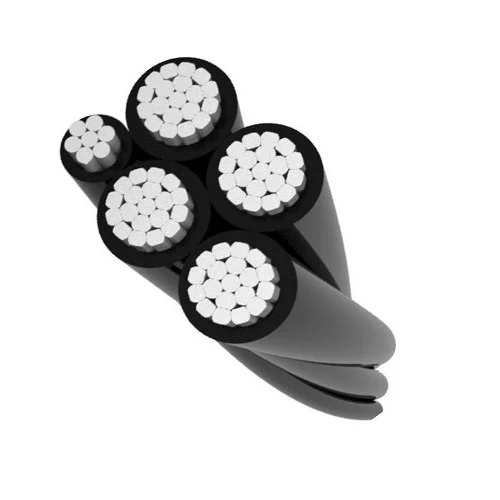

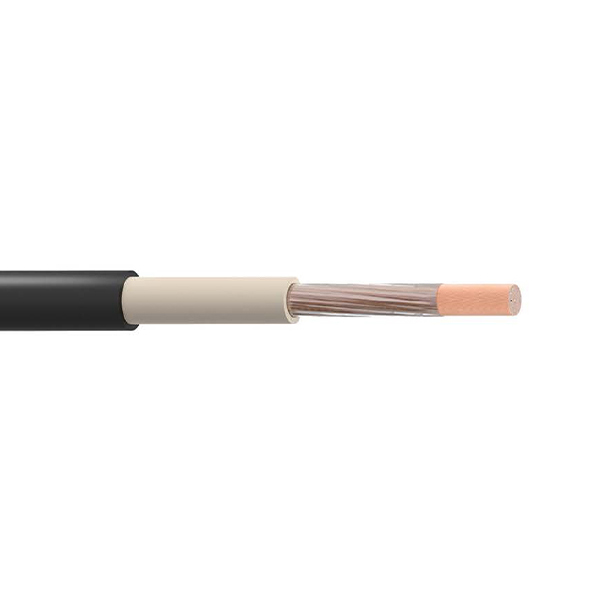
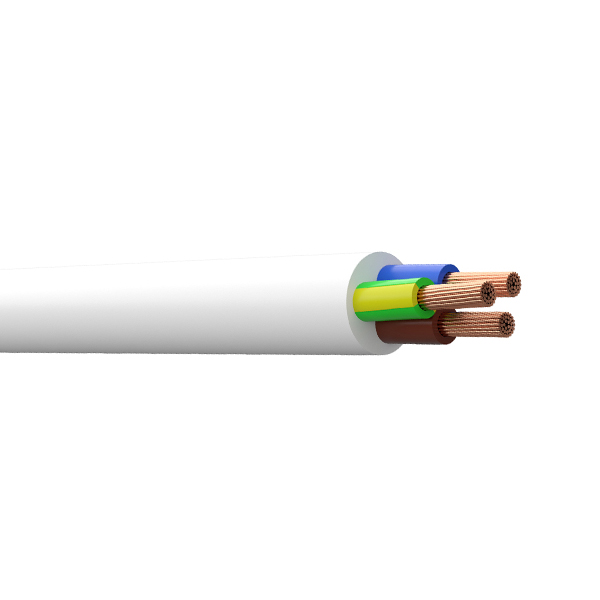
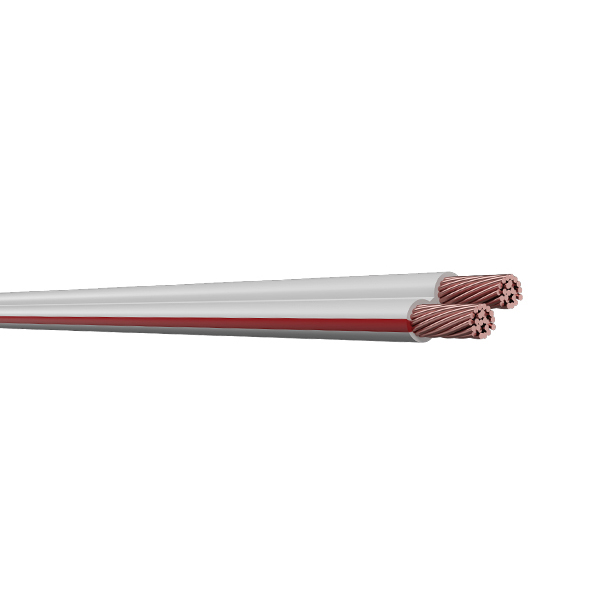
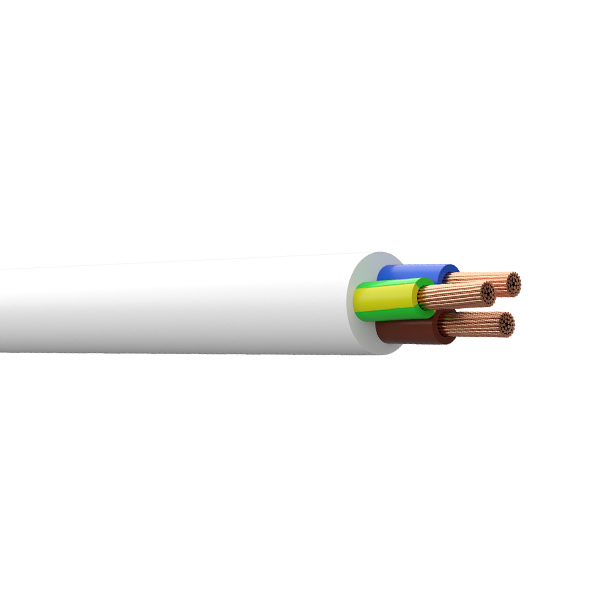
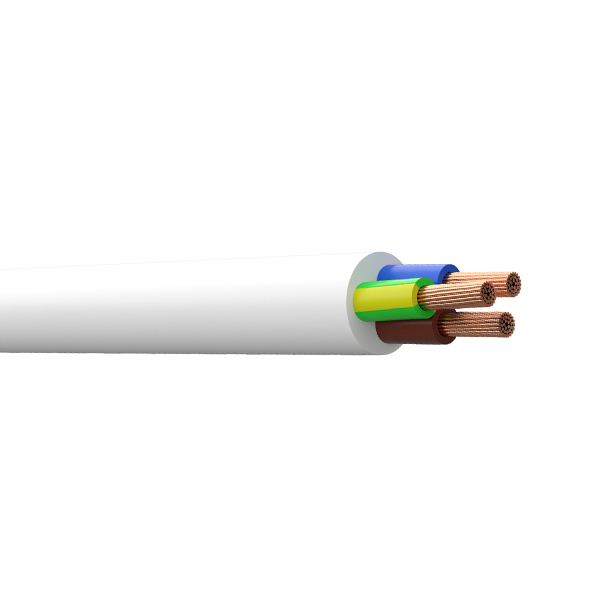
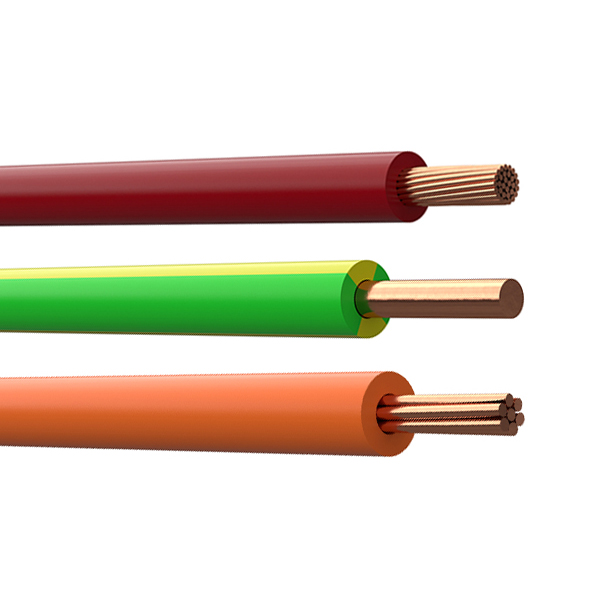
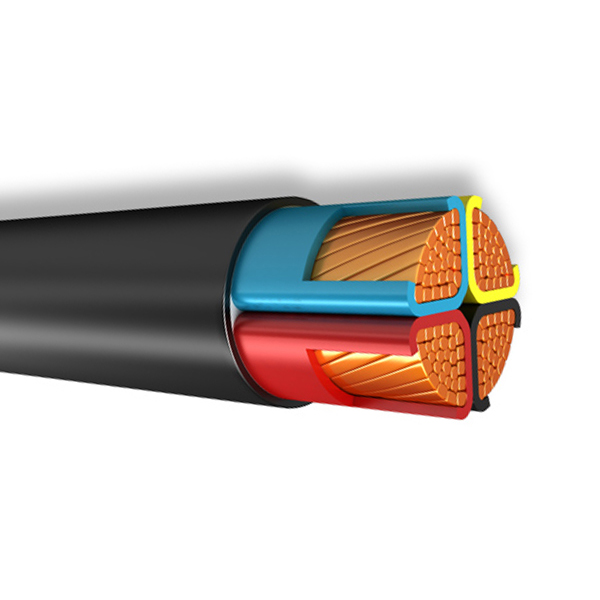
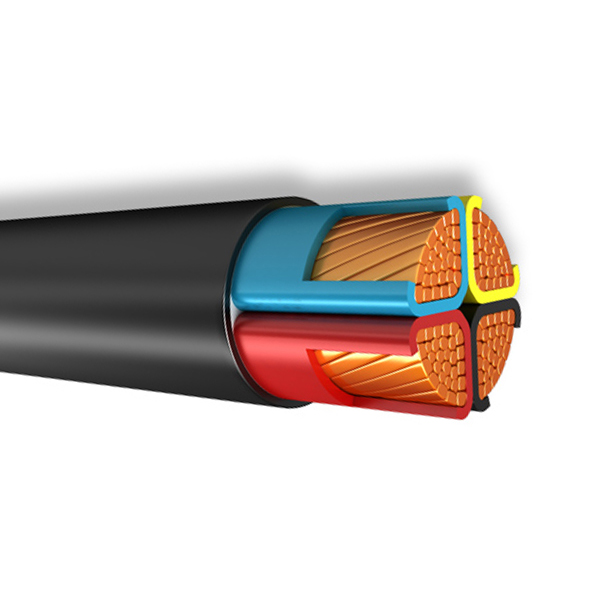
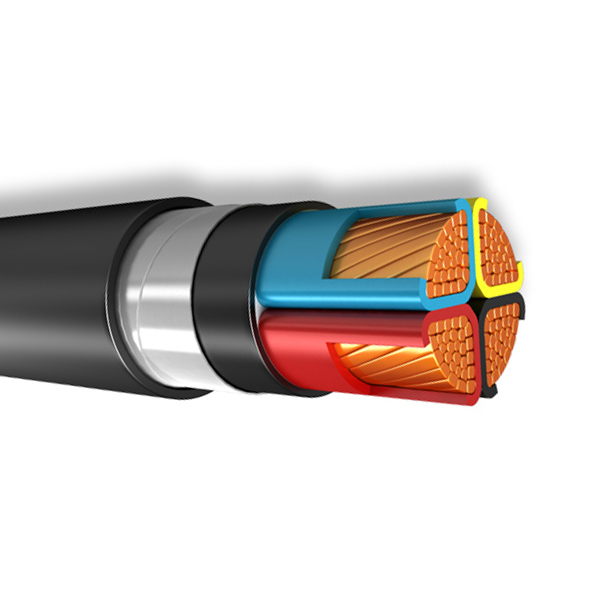
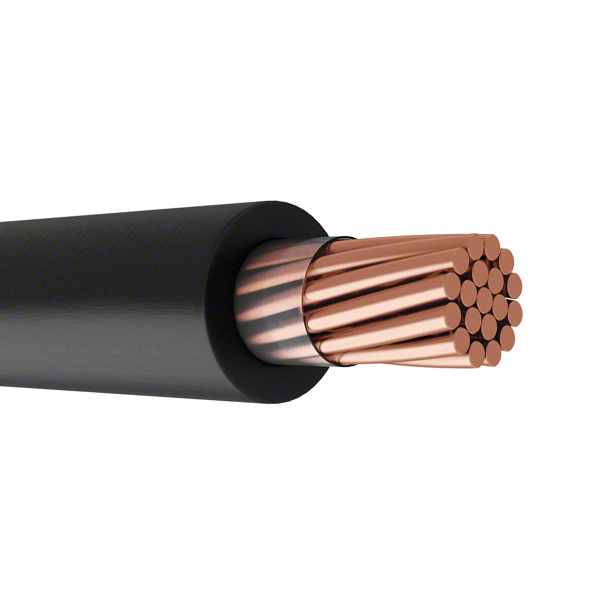
 Arabic
Arabic Dutch
Dutch English
English French
French German
German Italian
Italian Portuguese
Portuguese Russian
Russian Spanish
Spanish